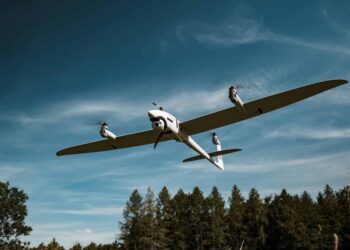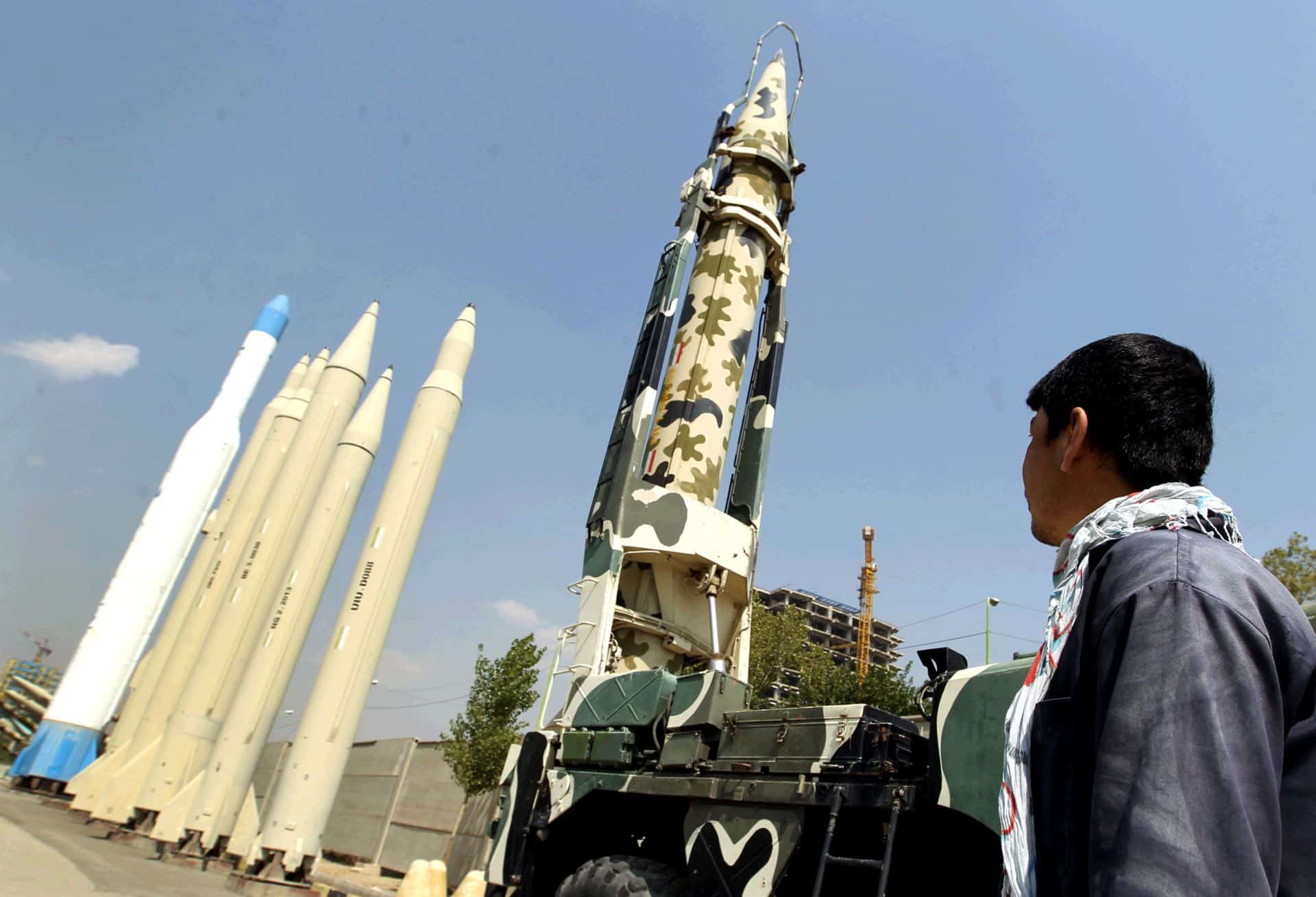, SAN DIEGO: General Atomics Aeronautical Systems, Inc. (GA-ASI), a leading manufacturer of unmanned aircraft and high-resolution surveillance and radar imaging systems, today announced the successful completion of its participation in a maritime surveillance trial conducted off the North West Shelf (NWS) of Australia.
The trial was conducted by the Australian Defence Science and Technology Organisation (DSTO), in collaboration with the Royal Australian Air Force (RAAF), Royal Australian Navy and Australian Army, as well as the Offshore Protection Command (OPC), a partnership between the Australian Defence Force and Australian Customs Service.
The goal of the trial was to assess the potential of unmanned aerial systems (UAS) to integrate into a joint surveillance capability and to demonstrate the capability to support the Navy's Armidale Class Patrol Boats, OPC Dash-8s and Army troops, providing an additional layer of surveillance and protection to Australia's maritime approaches.
The North West Shelf was selected as the primary area of focus for the trial given its vital strategic and economic interest to Australia and related opportunity to enhance existing security against such criminal activities as illegal fishing, drug running and people smuggling.
“The Mariner Demonstrator's superb performance during the trial further reinforces our belief that this multi-mission aircraft is the only cost-effective ISR [intelligence, surveillance and reconnaissance] system that will meet Australia's military maritime and land surveillance requirements,” said Thomas J. Cassidy, Jr., president, Aircraft Systems Group, General Atomics Aeronautical Systems, Inc.
The trial, which was conducted from August 28 to September 25, encompassed a flying period of nine days and consisted of two test flights out of RAAF Edinburgh near Adelaide in South Australia, which also served as the primary mission control site for the trial, followed by five missions from RAAF Learmonth on the northwest coast of the country.
Each flight was planned according to a specific operational scenario, with individual sorties varying in duration from two or three hours to more than 22 hours. Flying under a Special Flight Permit issued by the Australian Defence Force Airworthiness Authority, the Mariner Demonstrator undertook a range of surveillance missions and collected data on vessels operating in or passing through Australia's northwest maritime approaches. It also provided real-time radar and television streaming video to an Armidale Class Patrol Boat that was equipped to receive data directly from the aircraft via a remote video terminal (RVT).
Littoral missions were conducted with the Mariner Demonstrator supporting the Australian Army's Pilbara Regiment via an RVT as well.
“The trial was an outstanding success, with all aims achieved,” said Dr. Duncan Craig, trial manager, North West Shelf UAS Trial. Trial director Group Captain Bill Spears added, “I was particularly impressed with how the whole team worked together to develop an excellent rapport and safety record based on sound aviation culture and professionalism. The experience gained will no doubt enhance both the acquisition and introduction into service of UAS capabilities.”
During the 29-day trial, the Mariner Demonstrator (a Predator B derivative) flew over 75 hours, at altitudes ranging from 1,000 to 40,000 feet, and was equipped with a maritime surface search radar (EDO's Sea Watch Maritime Patrol Radar, originally developed by ELTA as the EL/M-20221(V)3 radar), an electro-optical/infrared (EO/IR) camera system and Automatic Identification System (AIS).
Primary mission accomplishments included assessing the utility of the maritime surveillance aircraft to operate with the patrol boat, disseminating data among the various participating government agencies, and providing assistance to the OPC, Department of Immigration, Fisheries Authority, and Quarantine Service.
The aircraft's 22-hour endurance flight included both high- and low-altitude operations, with three altitude excursions conducted from 35,000 to 40,000 feet down to 1,000 feet.
Germany says adding explosive drones to weapons arsenal
Germany said Friday it would buy explosive drones for the first time as Berlin boosts investments in its armed forces...









